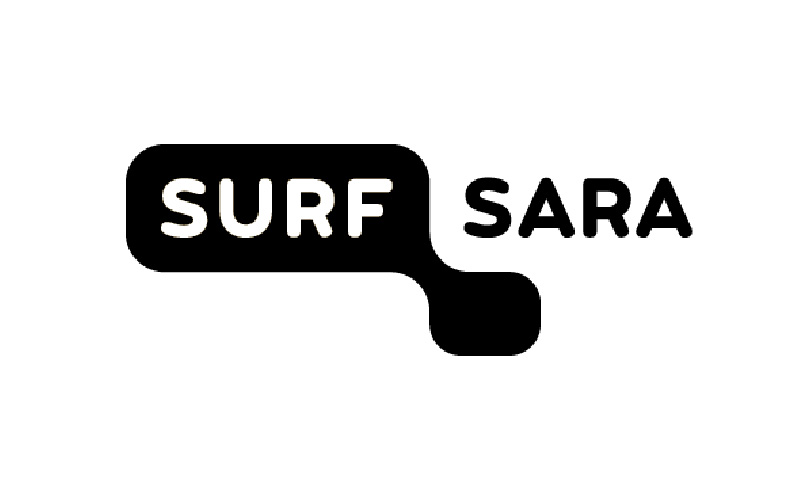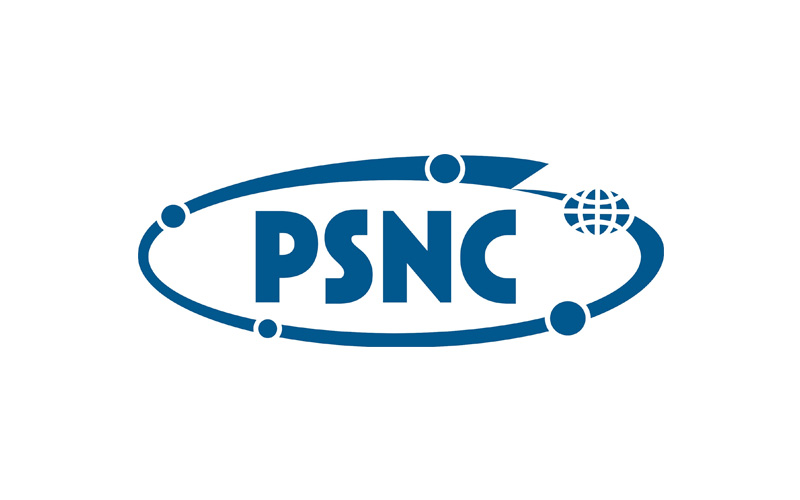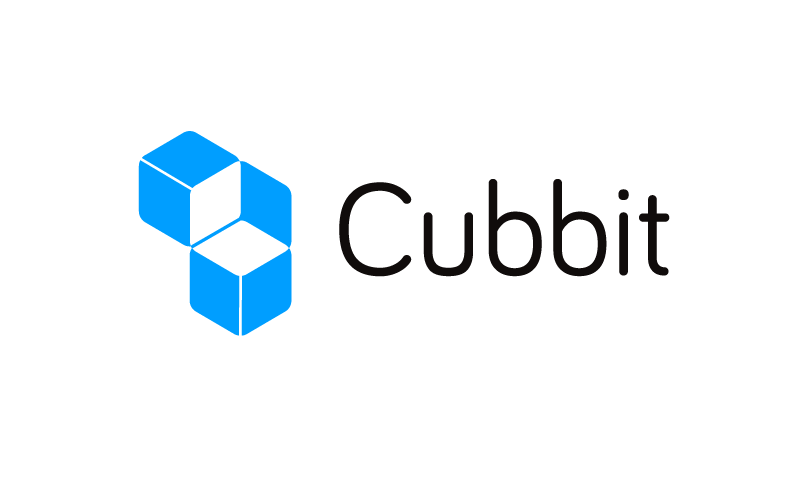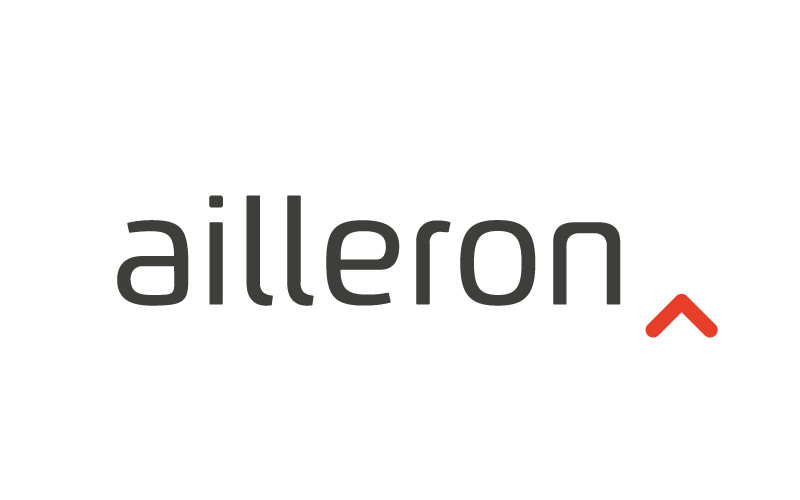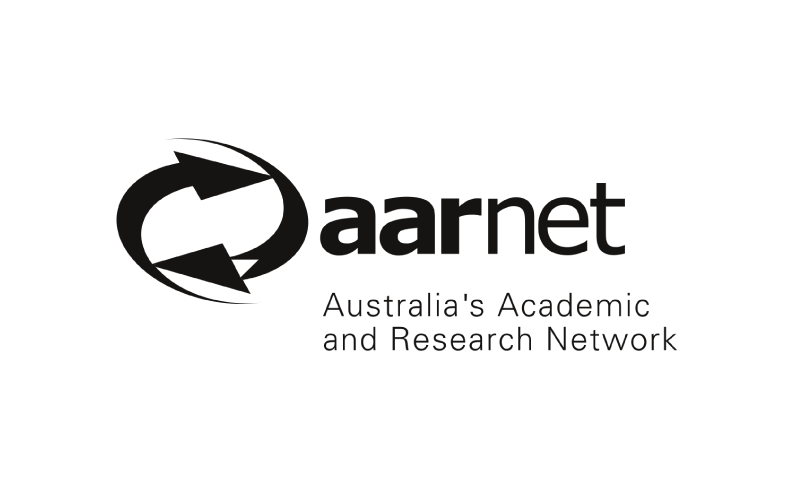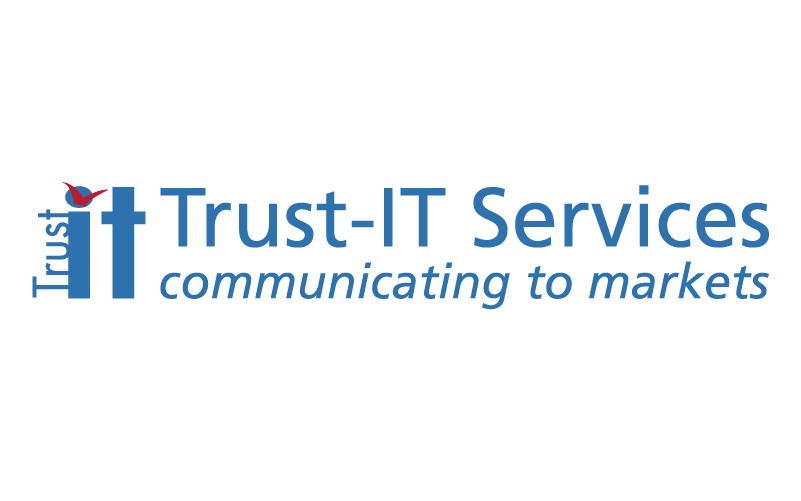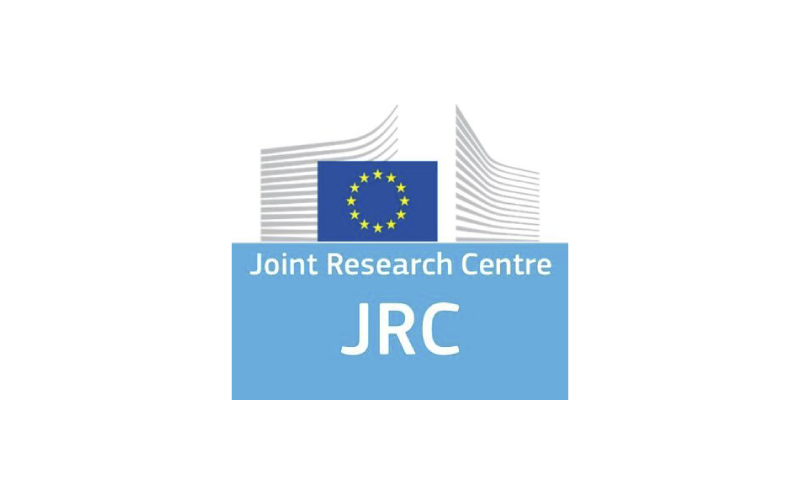
- 25 April 2022
Supporting Data Repositories to boost data FAIRification
ScienceMesh is an interoperable mesh of collaborative data stores with connected research data services. It is under development through the CS3MESH4EOSC project, and once delivered will support flexible and accurate sharing of research data from early stages of the data lifecycle.
The ScienceMesh will contribute to the early stages of research data collection, where data is collected, processed and analysed, as well as when the research has concluded, requiring the same data to be published and shared. The ScienceMesh will be a horizontal infrastructure which can be used regardless of the scientific domain of the data user. By Autumn 2023, the ScienceMesh will be open to researchers, service providers, software developers and all those interested in friction-free data collaboration across Europe.
Research infrastructures are facilities that provide resources and services for the research communities to conduct research and foster innovation in their fields. They manage significant data volumes and operate discipline-specific data analytics tools. Science projects working with research infrastructures excel at later stages of research data management lifecycle, where data is preserved and reused, as well as curated and archived. Nonetheless, their main challenge is to have access to data in first place, that is, the data that is produced in the early phases of the research data lifecycle. It isn’t unusual for research data at the collections level to only be deposited once, and only when the science project is in its final wrapping-up stage; and deposit then being treated as an afterthought, it is equally usual for it to have its metadata and Persistent Identifiers (PIDs) quality underdone; the result is lower qualitity FAIRness. This is when ScienceMesh comes into play.
The ScienceMesh believes in FAIRness; as a project, it has pledged to help researchers turn the unstructured live data it holds into well-annotated, well-packaged collections, ready for deposit. To this end, it is building an Open Data Systems service (one of the 4 categories of services from the ScienceMesh). This service allows users to organise work-data via tagging and metadata assignment and publish datasets with PIDs directly on ScienceMesh sites or to external data repositories. Metadata can also be retained by ingesting files into the mesh and later on to connect data collections to third party systems (e.g. archives) enriched by metadata.
To ensure the data is “FAIR-ified” properly (where FAIR data management practices are applied), it’s crucial that data becomes more trustworthy, with data properly maintained and also shared through adequate annotation, so it can be deposited more robustly. This gives researchers the assurance that their research results will be managed, curated, and archived in such a way to preserve the initial investment in collecting them. It’s imperative that research data needs to be accessible and preserved research data, as well as usable over the long-term.


Figurs 1 Science Mesh and Open Data Systems logo
ScienceMesh wants to joins forces with them to make this a reality. It is a convenient gathering place for live data to coagulate, maximising the value of data, right from the early stages of the data life cycle.
STAY ALWAYS UP TO DATE SUBSCRIBING TO OUR NEWSLETTER
CS3MESH4EOSC in a Nutshell
- Funded under the H2020 INFRAEOSC-02-2019 - Prototyping new innovative services programme of the European Commission
- Starting date: January 1, 2020, with a 24 months’ duration
- 12 partners from 10 member states
- https://cs3mesh4eosc.eu/
- Twitter: @cs3org #CS3MESH4EOSC
- LinkedIn: /company/cs3mesh4eosc/
- Newsletter: https://cs3mesh4eosc.eu/cs3mesh4eosc-newsletter-subscribe
- Contact email: r.meneses@trust-itservices.com








